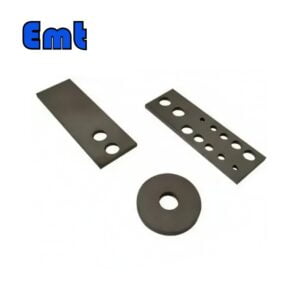
Corrosion Test Coupons are commonly used to detect corrosion in factory equipment. This method involves placing a metal sample into the system, and then measuring corrosion after a set period. Insulate the test piece from the fixture to prevent galvanic corrosion and minimize support points to prevent gap corrosion. Special supports can secure stress corrosion test specimens for evaluation after a corrosion period.
A Corrosion Test Coupon is a small, metal sample used to measure corrosion rates in a system. It helps evaluate the effectiveness of corrosion control methods by being exposed to the same conditions as the equipment it monitors. After a set period, the coupon is removed, cleaned, and weighed to determine the amount of metal loss. This process provides insights into the corrosion rate, type, and potential pitting depth. Factors such as material selection, surface treatment, and exposure time influence the results, making corrosion coupons essential for maintaining system integrity.
Selection Model
| Model | |||||||||||||
| CC | Corrosion Coupons | ||||||||||||
| -Code | Plug Body Assembly | ||||||||||||
| Pxxx | Type | Material | Sealing Material | ||||||||||
| 0 | No Request | 0 | CS | 0 | No Request | ||||||||
| 1 | Hollow Plug Body | 1 | 316SS | 1 | Viton O-Ring / PTFE Primary Packing | ||||||||
| 2 | Solid Plug Body | 2 | 316LSS | 2 | HNBR | ||||||||
| 3 | DUPLEX SS | ||||||||||||
| 4 | INCONEL | ||||||||||||
| Type of Coupon Holder | |||||||||||||
| SR | Fixed Coupon Holder for assembling rectangular coupon | ||||||||||||
| AR | Adjustable Coupon Holder for assembling rectangular coupon | ||||||||||||
| LR | Ladder Coupon Holder for assembling rectangular coupon | ||||||||||||
| SC | Fixed Coupon Holder for assembling circular coupon | ||||||||||||
| AC | Adjustable Coupon Holder for assembling circular coupon | ||||||||||||
| -Pipe Size | |||||||||||||
| x | Pipe Size in inch | ||||||||||||
| – Coupon Size | |||||||||||||
| A×B×C | Coupon Size in inch or mm | ||||||||||||
| – Coupon Material | |||||||||||||
| x | Grade | ||||||||||||
| -Finishing of Coupon | |||||||||||||
| 0 | Mill | ||||||||||||
| 1 | Glass Bead | ||||||||||||
| – Isolation Gasket | |||||||||||||
| 0 | No Gasket | ||||||||||||
| 1 | Nylon Gasket | ||||||||||||
| 2 | PTFE Gasket | ||||||||||||
| For Example CC-P221-SR-6″-3″×1/2″×1/8″-MS1018-0-2 CC: Corrosion Coupon | |||||||||||||
| P221: Solid Plug Body in 316LSS Viton O-Ring and PTFE Primary Packing | |||||||||||||
| SR-6″:Fixed Coupon Holder for assembling rectangular coupons and for 6″pipe | |||||||||||||
| 3″×1/2″×1/8″: Coupon Size MS1018: Coupon Material | |||||||||||||
| 0: Finishing of Coupon is Mill 2: Material of Isolation Gasket is PTFE | |||||||||||||
Specifications of Corrosion Test Coupons
| Material | Stainless Steel 304、Stainless Steel 316、DSS F51、Carbon Steel A105N、Inconel 625 |
| Operating Temperature | -20±120 |
| Features | Firstly, Easy to Operating |
| Secondly, High Accuracy Long Life | |
| At last, High Efficiency, Low cost | |
| Payment | TT/LC |
| Advantages | Firstly, they are lightweight and flexible. |
| Secondly, Nice Injection efficiency. | |
| At last, Accurate location tracking. |
Common materials used for corrosion coupons include:
Carbon Steel: For general monitoring in various environments.
Stainless Steel: Used for areas prone to rust and oxidation.
Copper Alloys: Suitable for systems with copper components.
Aluminum: Used in applications where lightweight materials are needed.
Nickel Alloys: Ideal for high-temperature or highly corrosive environments.
Monitoring Method
The corrosion coupon monitoring method involves placing metal samples of known quality within a system to measure corrosion rates over time. After the designated exposure period, technicians remove, clean, weigh, and inspect the coupons to assess the corrosion level. By analyzing changes in the quality of these samples, they determine the average corrosion rate. It is crucial to secure the test pieces using special fixtures, insulating them from the fixture to prevent galvanic corrosion and minimizing support points to avoid gap corrosion effects. In addition to standard corrosion coupons, specialized supports can be used for stress corrosion test specimens, such as U-bend loading stress specimens, or three-point bending loading specimens, to evaluate stress corrosion.
To utilize corrosion coupons effectively, start by placing metal samples in the system for corrosion monitoring. After a specific exposure period, remove the coupons for cleaning, weighing, and inspection to assess corrosion levels. Ensure proper insulation between the test pieces and fixtures to prevent galvanic corrosion, and minimize support points to avoid gap corrosion issues. Special fixtures may be required to secure stress corrosion test specimens like U-bend or three-point bending specimens for evaluation after the corrosion period.
Temperature Influence
How does temperature specifically affect the corrosion rate of different materials?
Temperature can significantly impact the corrosion rate of materials. As temperature increases, the rate of chemical reactions typically accelerates, leading to faster corrosion. For metals, higher temperatures can enhance the mobility of ions and electrons, intensifying the corrosion process. Additionally, elevated temperatures can increase the solubility of corrosive gases like oxygen and carbon dioxide in the environment, further accelerating corrosion. Different materials will respond uniquely, with some becoming more susceptible to specific types of corrosion, such as pitting or stress corrosion cracking, at higher temperatures.
At high temperatures, several types of corrosion can occur:
Oxidation: Metals react with oxygen, forming an oxide layer that can either protect or further degrade the material.
Sulfidation: In environments with sulfur compounds, metals can form sulfide layers, leading to material weakening.
Carburization: Carbon diffuses into the metal, altering its structure and properties, often making it brittle.
Nitridation: Nitrogen reacts with metals, forming brittle nitride compounds.
Molten Salt Corrosion: Occurs when metals come into contact with molten salts, causing rapid degradation.


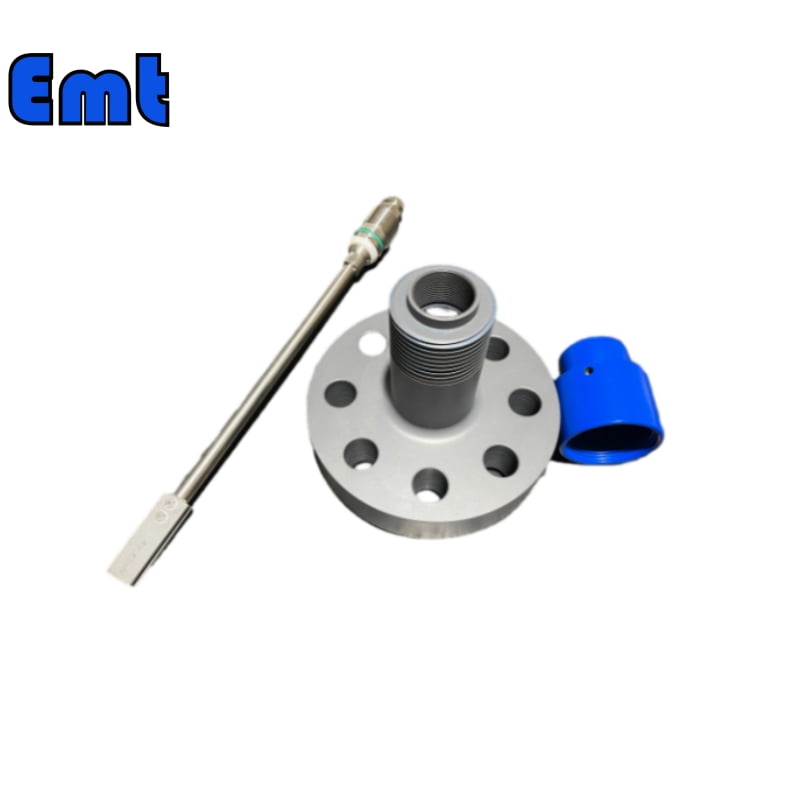
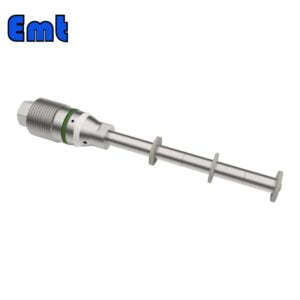
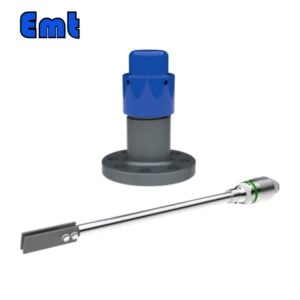
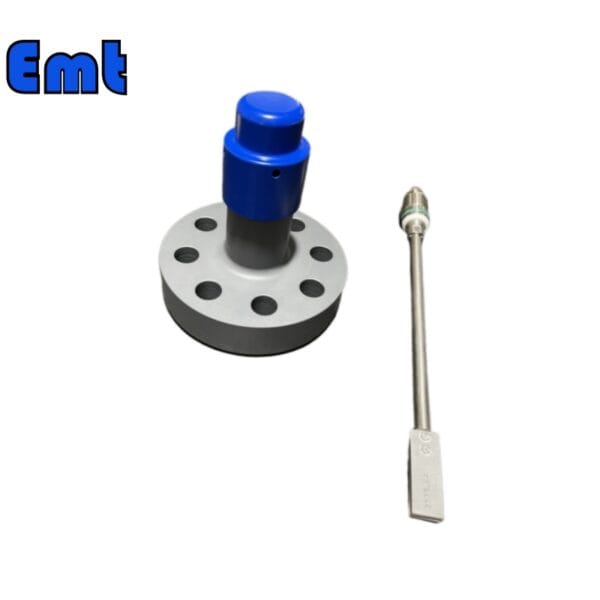
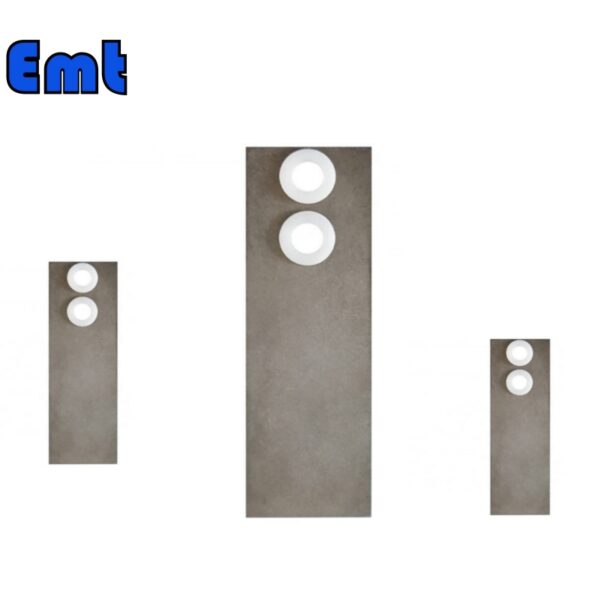
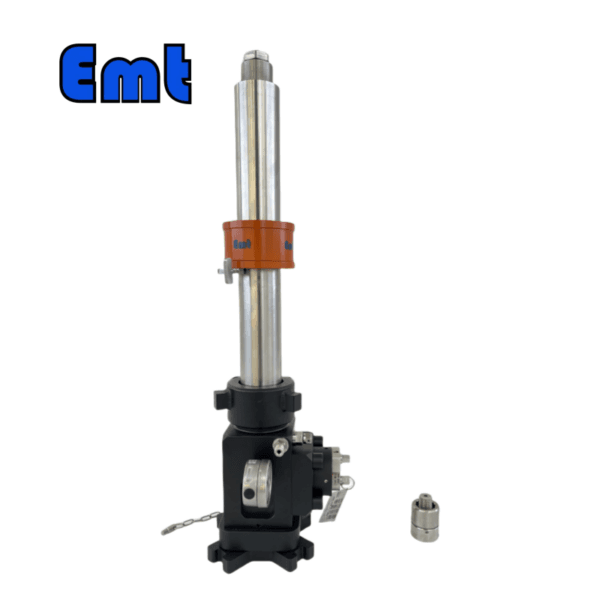
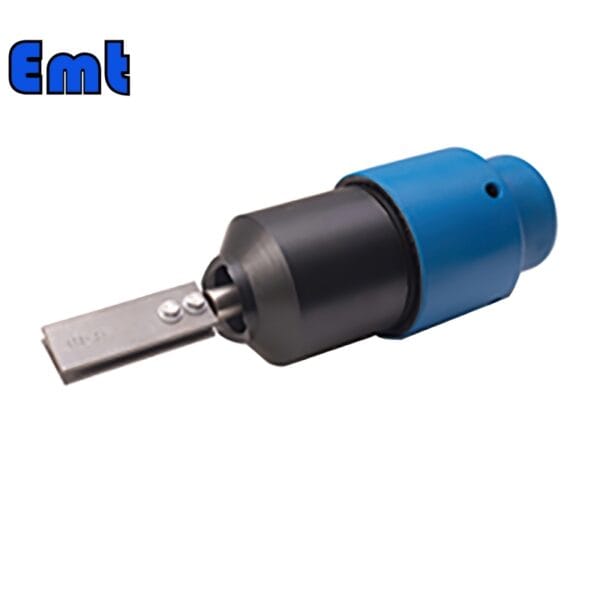
There are no reviews yet.